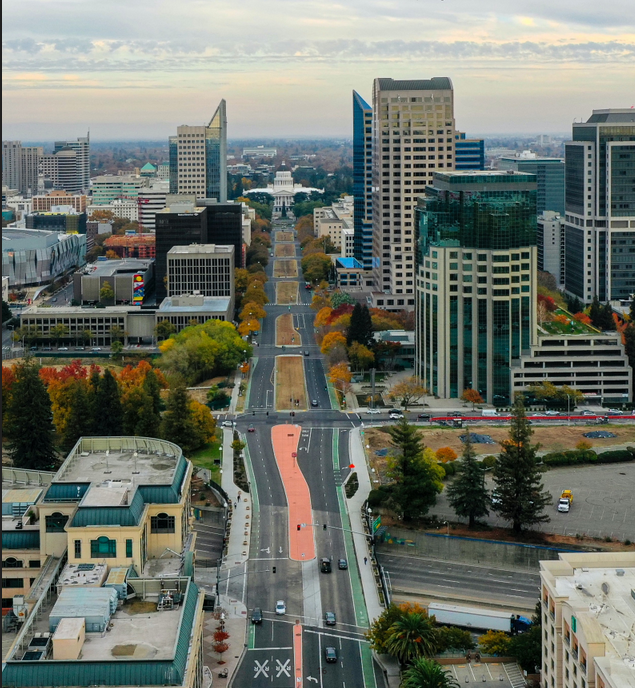I was waiting for an inbound BART train Saturday evening at eight in Rockridge when there was an announcement: “severe disruptions due to police activity at West Oakland.”
My train arrived a few minutes later. We held in downtown Oakland for maybe 15 minutes. Then we rolled through West Oakland without stopping and accelerated to full speed into San Francisco. It wasn't until I got home and my phone rang that I realized what had happened was actually serious: my friends in Rockridge wanted to make sure I was okay, because they saw on the news that somebody was shot to death, presumably on the train right in front of mine.
Predictably, the shooting was the lead story in the media, ratcheting up the fear. “The reason public transport violence is problematic is that users cannot avoid the risk, so each event is more frightening to a larger number of persons than crime in the street,” said Franklin Zimring, Director of Criminal Justice Studies at Berkeley. Even though “exposure to violent crime is lower than it would be in a lot of neighborhoods in Oakland and San Francisco.”
The last incident on public transportation of this level of violence was the shooting of Tommy Clayton, 19, last April, on a Muni T-line train in the Bayview District. That said, there are between 90 and 70 homicides a year in Oakland and about 50 in San Francisco. It's inevitable that some will happen on transit.
“The problem is you can always stay out of neighborhoods that have bad reputations, but if you're dependent on public transport, you can't stay away from it,” said Zimring. “Furthermore, I can control where a car goes, so my feeling is going to be somewhat less vulnerable.”
That's perception. But whether from crime or crashes, the Freakonomics blog lays out the relative safety of transit over driving with data from the US Department of Transportation. Bottom line, if people get so terrified by a well-publicized shooting or rare train collision that they decide to drive instead, they increase their risk of getting killed.
And the fact is random violence on transit—and the Oakland shooting doesn't look random—is pretty rare, explained Officer Carlos Manfredi, a spokesman for SFPD. For most riders, there are a few tips to keep in mind; a way to regain some of that sense of control. For example, when it's not crowded, try to ride near the driver. “The driver has a radio and can call for help right away,” he said. Manfredi also recommends standing away from the doors, since thieves are looking to make a quick getaway. “And look up, away from that smart phone screen, whenever the bus or train comes to a complete stop.”
Others take the police to task. “There are many ways to make Muni safer, and one is to have consistent police presence,” said SF Supervisor Scott Weiner. “Like police walking beats on our streets, ensuring a police presence on buses and light-rail vehicles must be a priority.”
Manfredi said they do patrol the system, but that it's a resource issue. “The average officer will respond to 15 to 35 calls in a 10-hour shift,” he said, adding “An officer is required to ride twice per shift.”
There are accusations that cops shirk this requirement. But Manfredi says cops do patrol Muni plus they commute on transit just like anyone else. Even off duty, “They will typically intervene if they see a crime in progress," he said.
None of this mitigates the revulsion from last Saturday night. One man is dead. Others had a traumatic experience that will haunt them for years. A killer remains at large. More disturbing, perhaps, is that crime remains such a huge problem in Oakland. But let's hope fear won't drive anyone from transit and into private cars, where more people die, generally without the headlines.






